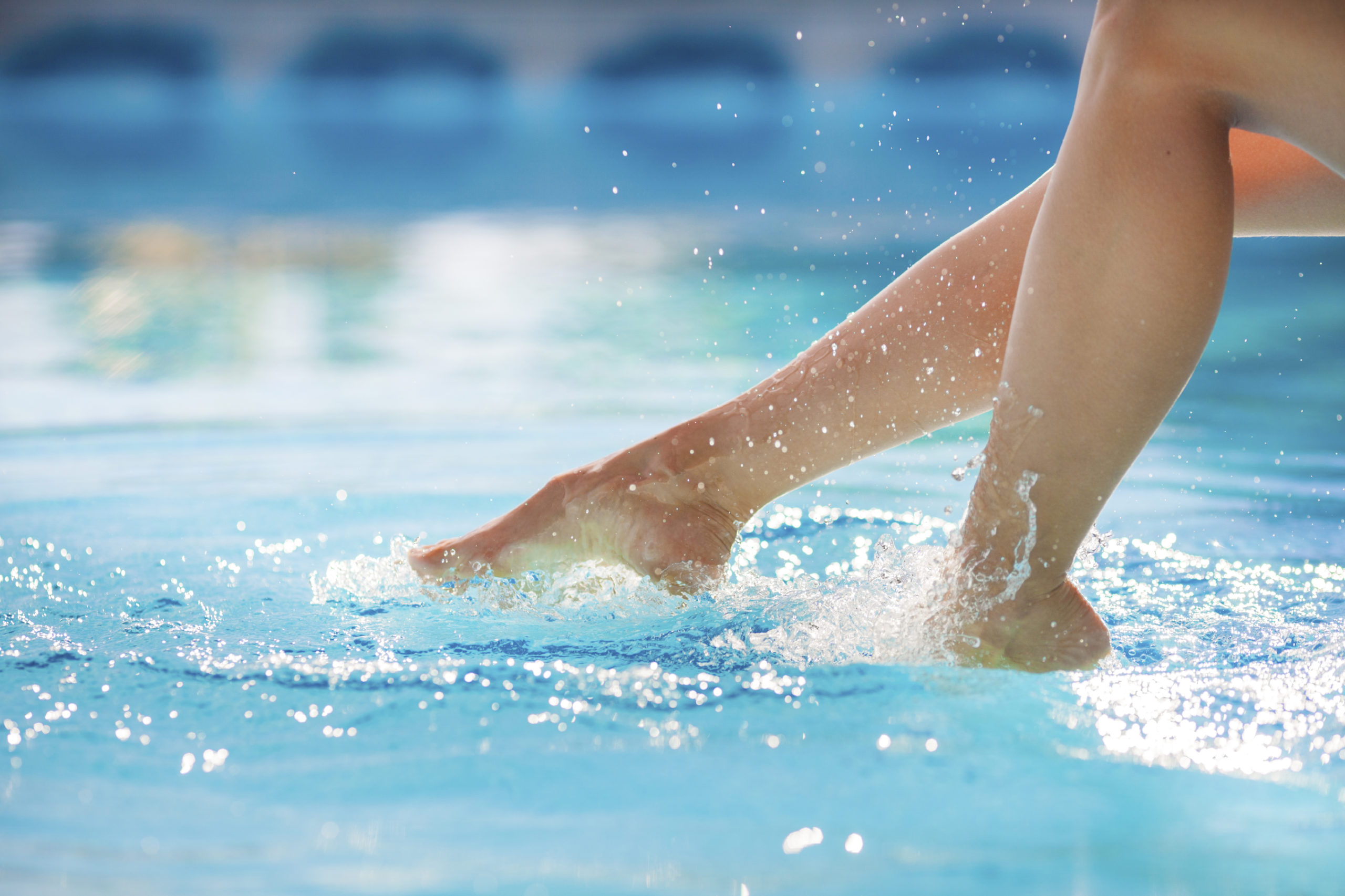If you’re considering treatment for your varicose veins, you’re not alone. Up to 35% of people in the U.S., and as many as 50% of women, have this…
Your Complete Guide to Endovenous Ablation

If you’re considering treatment for your varicose veins, you’re not alone. Up to 35% of people in the U.S., and as many as 50% of women, have this inconvenient and often uncomfortable condition.
Varicose veins twist and bulge, sometimes looking like ropes along the skin. They make the affected legs achy, sore, itchy, prickly, and even discolored. It’s no wonder people want to get rid of them as soon as possible.
Endovenous laser ablation treatment can help to reduce and even eliminate the pain, discomfort, and self-consciousness associated with varicose veins. It’s one of the best available therapies for varicose veins.
When Is Endovenous Ablation Useful?
Candidates for endovenous ablation include people with large, symptomatic varicose veins. Ablation can reduce many varicose vein symptoms such as:
- Aching and throbbing
- Tired, heavy legs
- Swelling
- Skin discoloration or irritation
- Itching
- Nighttime cramping
It’s also possible to have endovenous laser ablation treatment for cosmetic reasons. However, insurance companies will only cover the treatment of varicose veins that cause symptoms.
What to Expect
When you arrive for your varicose vein ablation, your vein specialist or team member will clean and numb the treatment area.
Once the site is numb, the specialist will make a small incision into the affected vein and insert a catheter. Using ultrasound technology as guidance, they’ll position the catheter in the right place and insert the fiber or electrode that will do the work.
The specialist will then inject another numbing agent, and you’re ready for the main treatment. As the vein specialist slowly withdraws the catheter, laser energy will flow through the tip of the fiber or electrode to heat the vein.
The heat causes the affected vein to seal shut. The blood will reroute through the nearby healthy veins, and the treated vein slowly shrinks until it’s functionally invisible. Pain and other symptoms should go away as well.
How Many Treatments Are Necessary?
The vast majority of the time, one treatment will close a single affected vein. However, if the vein has a more complex structure with sections that branch off, you may need to go back for additional treatment to close off those branches.
You may also need additional treatments if you need to treat more than one vein.
Aftercare for Vein Ablation
Endovenous ablation is an outpatient procedure. It usually takes no more than an hour, and most people can get back to their daily routine right away.
You may experience some pain and bruising around the treatment site. This is a normal response to the heat sealing and will typically resolve on its own.
In fact, vein specialists usually recommend that you get up and walk as much as possible in the hours and days after treatment. You may be a bit sore at first, but try to increase the amount of walking you can do. Walking encourages healthy blood flow and reduces swelling.
Avoid prolonged standing and sitting after your procedure. If you have a desk job, set an alarm so you can get up and walk regularly. Even marching in place at your desk can be helpful.
Try to avoid high-impact and strenuous activities like jogging, weight training, and aerobics soon after your procedure. When in doubt, ask your vein specialist about when you can go back to a particular activity.
Your vein specialist may recommend that you wear gradient compression stockings for a few days to a week after treatment. By encouraging healthy blood flow in the treated leg, these stockings can reduce discomfort and bruising.
The Results: How Fast and How Long?
Most patients start to see results within a few days to a week after the procedure, but it takes weeks to months for the varicose vein to fade completely.
Varicose vein ablation treatment is permanent, so your varicose veins can’t “come back.” However, the same vein weakness or damage that caused your current varicose veins may cause the same problems in other veins in the future. It might even look like the same varicose vein.
If you do develop new varicose veins, you may be able to treat those with endovenous ablation as well, depending on what vein is affected.
Are There Any Risks?
Endovenous ablation is a safe and effective treatment. Any surgical procedure carries a slight risk of infection, but the risk here seems to be less than one in 1,000.
The use of a catheter also carries a small risk of bruising, bleeding, or blood vessel damage. Vein specialists have procedures in place to minimize these risks as much as possible. Always feel free to ask how your vein specialist keeps you safe.
How to Prep for Treatment
Tell your vein specialist about any medications and supplements you take. They may tell you to stop taking blood thinners or anti-inflammatory medications like ibuprofen before your treatment.
Arrive with a list of any allergies, especially allergies to contrast dyes or anesthetics. Wear comfortable clothing, keeping in mind that you’ll have to take off any clothes and accessories around the treatment area.
Arrange for a ride home after the treatment. Even if you don’t use the treated leg to drive, it’s safer and more comfortable to have someone else take the wheel.
Getting Started
If your varicose veins are interfering with your life and you’re considering treatment, the first step is to talk with a vein specialist. My Vein Treatment’s specialist locator tool will help you to find a qualified professional in your area.






Responses